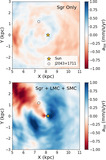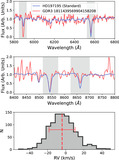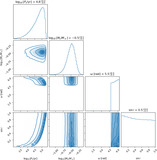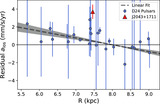Image Details
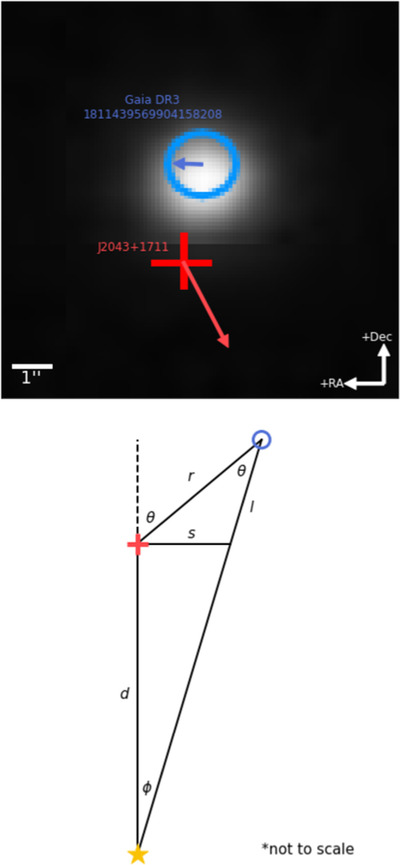
Caption: Figure 2.
Configuration of J2043+1711 and Gaia DR3 1811439569904158208. The top panel shows PS1 photometry; the blue circle shows the location of the main-sequence star in Gaia DR3, and the red cross is the location of J2043+1711. The arrows show the directions and relative magnitudes of the proper motions of each object. The bottom panel shows a diagram containing the relative distances to each object, as defined in Equation (6). The golden star is the location of the Sun. Note that the two angles labeled θ are equivalent, since ϕ is small and l ≪ d.
Copyright and Terms & Conditions
© 2025. The Author(s). Published by the American Astronomical Society.


